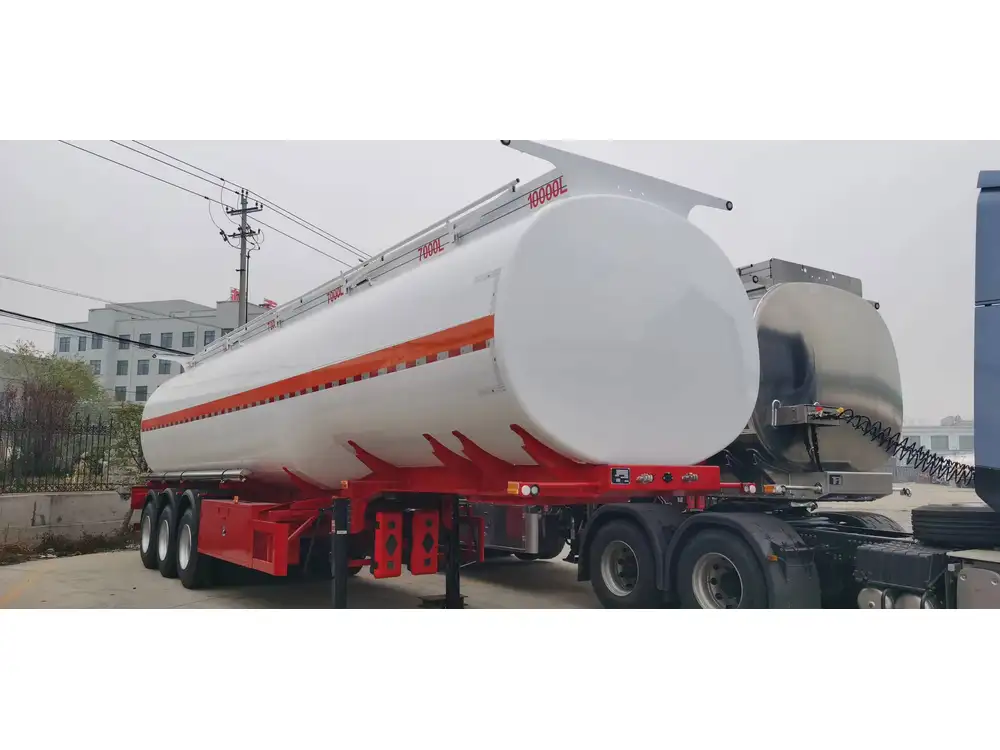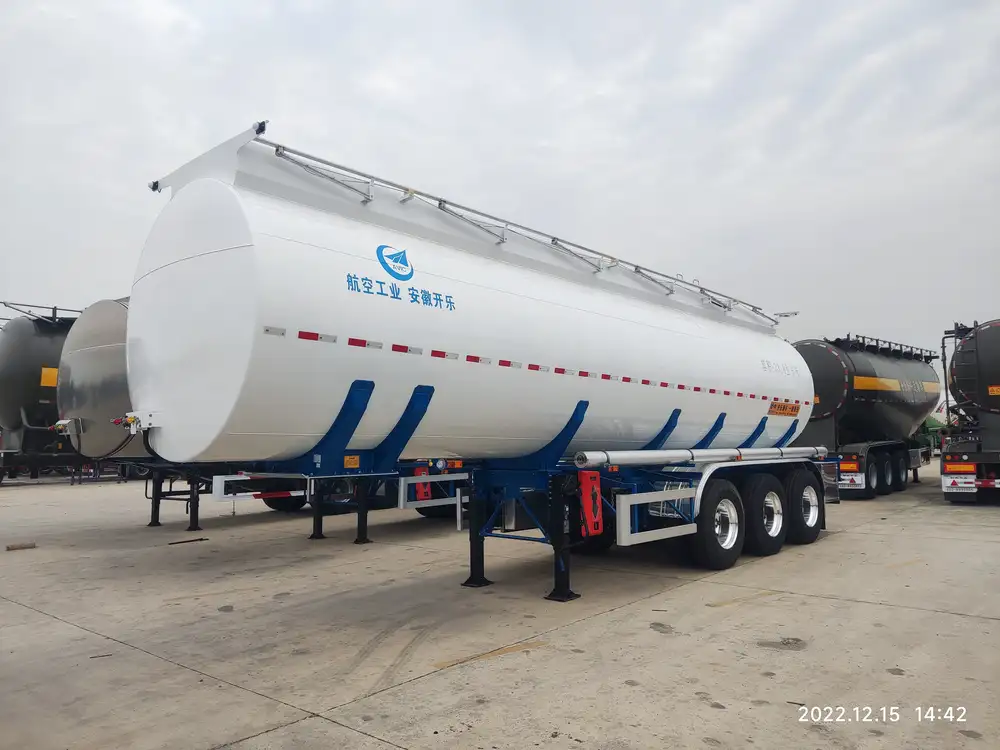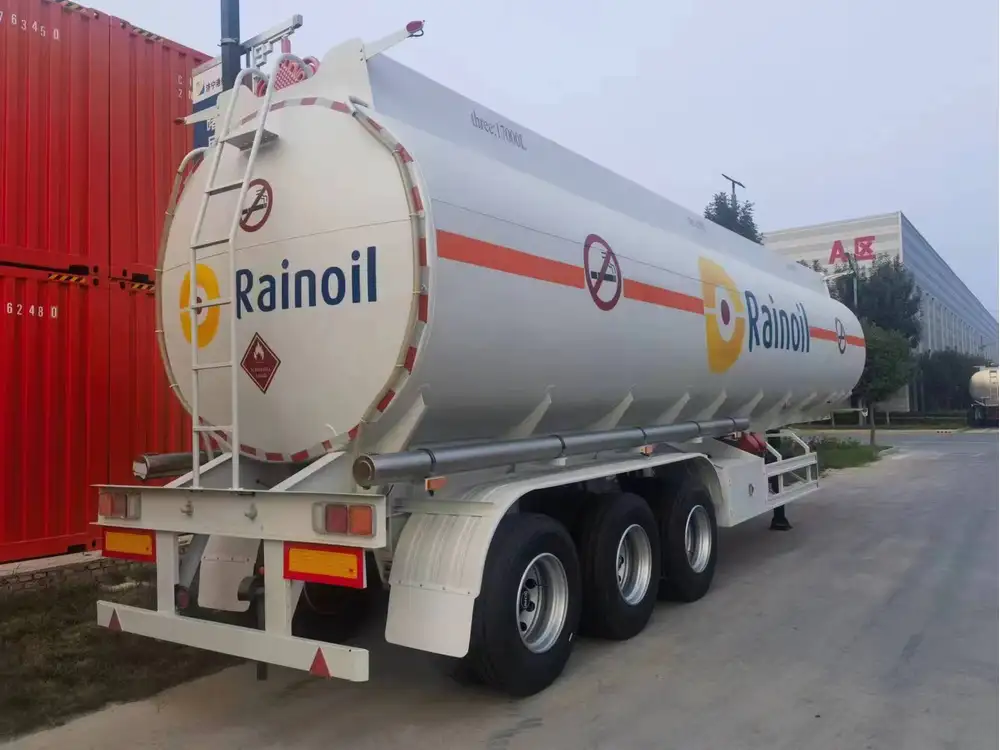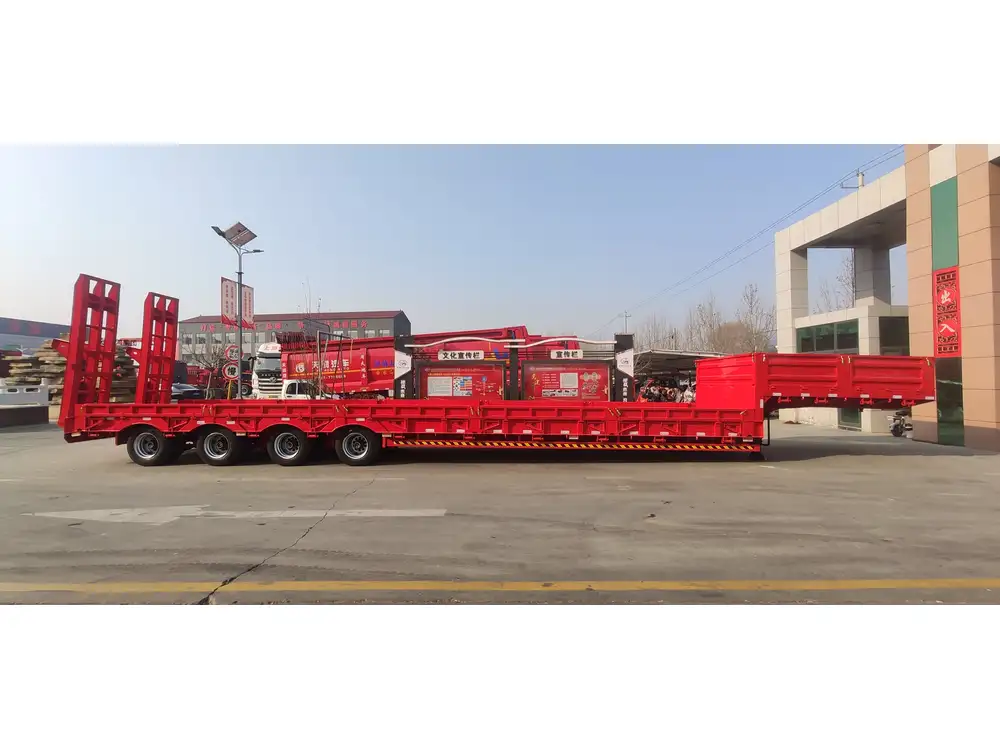Introduction to Tractor Semi-Trailers
In the expanding realm of transportation, tractor semi-trailers represent a backbone of freight logistics and mobility. These robust vehicles, also known as semi-truck trailers, play a vital role in various sectors, from agriculture to industrial manufacturing. Their capacity to haul substantial loads efficiently makes them indispensable in modern supply chains. As we delve into the intricacies of tractor semi-trailers, we will explore their structure, purpose, and operational significance, providing you with a comprehensive understanding of this essential equipment.
What is a Tractor Semi-Trailer?
A tractor semi-trailer is a combination of two main components: the tractor (or truck) and the semi-trailer. The tractor is the front part equipped with the engine, wheels, and the cabin where the driver operates the vehicle. The semi-trailer, on the other hand, does not have wheels in the front and relies on the tractor for support and mobility. This design allows the semi-trailer to be easily detached and transported by various tractors, offering flexibility for logistics operations.
| Component | Description |
|---|---|
| Tractor | The powered unit with an engine, driver’s cabin, and rear connection for trailers. |
| Semi-Trailer | The unpowered unit that can be detached and carries the cargo. |

How Tractor Semi-Trailers Operate
Basic Functionality
The functionality of a tractor semi-trailer hinges on its ability to transport heavy loads across extensive distances. The tractor generates the necessary power, while the semi-trailer bears the cargo’s weight. When coupled together, the tractor’s fifth wheel connects to the semi-trailer, creating a stable yet flexible link that facilitates navigation through various terrains.
Types of Tractor Semi-Trailers
Tractor semi-trailers come in a diverse array of designs tailored to specific transportation needs. Here’s a breakdown of common types of semi-trailers:
Flatbed Trailers: Open and versatile, suitable for carrying heavy machinery, lumber, and building materials.
Reefer Trailers: Refrigerated units designed to transport temperature-sensitive goods such as perishable food items.
Dry Van Trailers: Enclosed trailers that protect cargo from weather conditions, commonly utilized for consumer goods and industrial products.
Lowboy Trailers: Low-profile designs ideal for transporting oversized and heavy equipment, ensuring stability and compliance with height regulations.
Tank Trailers: Specifically designed for carrying liquid cargo, ranging from fuel to chemicals.

Advantages of Using Tractor Semi-Trailers
The advantages of tractor semi-trailers over other transport methods are significant, particularly in terms of capacity and efficiency:
Load Capacity: Semi-trailers can carry much heavier loads compared to standard vehicles, often exceeding the 26,000-pound threshold comfortably.
Flexibility: The ability to swap out trailers allows companies to adapt quickly to changing transportation needs.
Ease of Loading and Unloading: Docking technology and trailer designs facilitate quick and efficient loading, hastening delivery times.
Cost-Effectiveness: By combining the power of the tractor with the lightweight design of the semi-trailer, overall transportation costs are often reduced.
Safety Considerations
With increased load capacity comes an essential focus on safety. Operators must comply with varying regulations and best practices, including proper maintenance checks, load distribution assessments, and adherence to weight limits. Additionally, advanced braking systems and electronic stability control can greatly enhance safety while on the road.
Key Technical Specifications
When delving into the world of tractor semi-trailers, understanding their technical specifications is critical. Here is an elaborate overview of key features:
| Specification | Details |
|---|---|
| Length | Typical lengths range from 28 to 53 feet. |
| Width | Standard width is about 8.5 feet. |
| Height | Can vary, but maximum height is typically 13.5 feet. |
| Weight | The combined weight (tractor + trailer) often exceeds 80,000 pounds (in the USA). |
| Cargo Capacity | Varies by type, with some capable of hauling over 45,000 pounds. |

The Importance of Maintenance
Like any heavy machinery, regular maintenance of tractor semi-trailers is crucial to ensure their longevity and performance. A well-maintained vehicle can mitigate breakdowns, thereby minimizing disruptions in logistics operations. Key maintenance measures include:
Routine Inspections: Regular checks for tire pressure, brakes, lights, and hitch connections.
Engine Maintenance: Regular oil changes and system flushes to ensure optimal performance.
Trailer Structure Integrity: Inspection for rust, damage, or wear on the chassis and cargo hold.
Common Issues and Solutions
Understanding common issues associated with tractor semi-trailers allows operators to respond proactively. Here are notable concerns along with their solutions:
| Issue | Description & Solution |
|---|---|
| Brake Failure | Regular inspection and replacement of brake pads; addressing abnormal sounds can help prevent emergencies. |
| Tire Blowouts | Ensuring proper tire pressure and regular tread checks can significantly reduce risks. |
| Electrical Failures | Routine checks of wiring and connectors, along with proper maintenance of the battery, are essential. |
Regulatory Compliance and Logistics Optimization

Understanding Regulatory Frameworks
Tractor semi-trailer operations are subject to a complex web of regulations that vary by region. Operators must familiarize themselves with local laws concerning:
Weight and Size Limits: Exceeding legal thresholds can result in fines and vehicle damage.
Driver Certifications: Drivers must obtain the appropriate licenses, such as the Commercial Driver’s License (CDL) in the USA.
Maintenance Records: Keeping meticulous records of inspections and repairs is crucial for compliance with transportation authorities.
Optimizing Logistics with Tractor Semi-Trailers
Incorporating tractor semi-trailers into logistics strategies can significantly enhance efficiency. Here are some strategies for optimization:
Route Planning: Utilize technology to identify the most efficient routes that minimize fuel consumption and delivery times.
Load Optimization: Implement tools for calculating the optimal load distributions inside the trailer to prevent balance issues.
Tracking Systems: Embrace GPS and telematics to monitor trailer location and conditions during transit.
Future Trends in Tractor Semi-Trailers
The future of tractor semi-trailers is evolving rapidly, driven mainly by advancements in technology and sustainability trends.

Technological Advancements
Telematics: Enhanced data analytics can provide invaluable insights into vehicle performance, driver behavior, and maintenance needs.
Electrification: The shift toward electric tractors could redefine operational standards and reduce emissions significantly.
Autonomous Driving: Research into self-driving technology holds the potential for improved safety and efficiency across long-haul trucking.
Sustainability and Environmental Impact
As environmental awareness intensifies, the freight transportation industry is compelled to adapt. The following measures can enhance sustainability:
Low-Emission Trucks: Transitioning to cleaner fuel sources and adopting hybrids or fully electric trucks.
Smart Transport Solutions: Employing data analytics to optimize cargo loads and reduce trips.
Eco-Friendly Materials for Trailers: Developing semi-trailers using sustainable materials can mitigate environmental impact.
Conclusion: Embracing the Evolution of Tractor Semi-Trailers
Tractor semi-trailers are not merely vehicles; they embody a significant sector of the transportation industry, contributing to economic growth and sustainability. Understanding their mechanics, maintenance needs, and future trends equips operators with the knowledge to excel in a competitive landscape. As we continue to advance technologically and emphasize environmental responsibility, the evolution of tractor semi-trailers will undoubtedly further transform our approach to logistics, freight transport, and ultimately, the global economy. By harnessing this knowledge, stakeholders can ensure a sustainable and efficient future for this critical sector.



